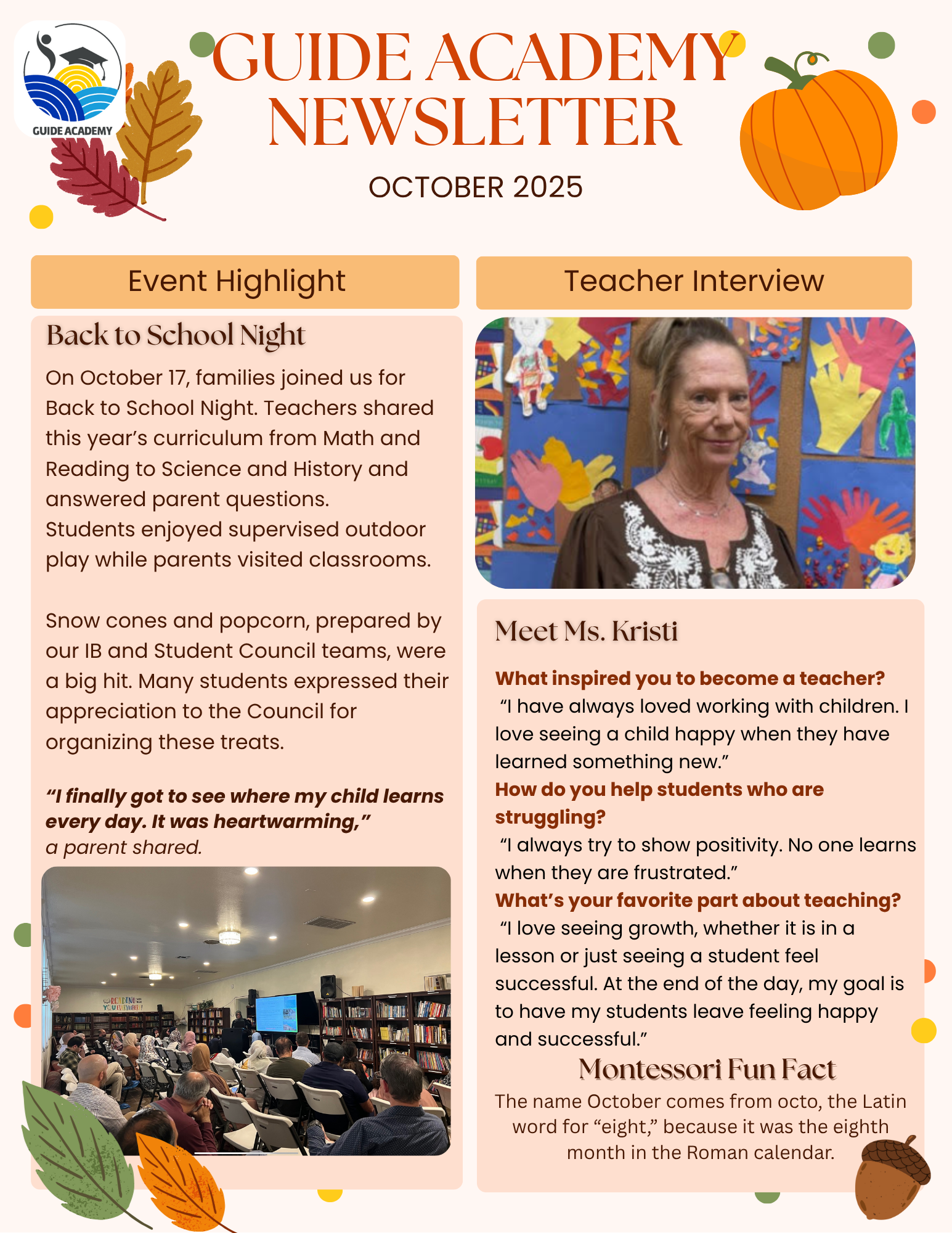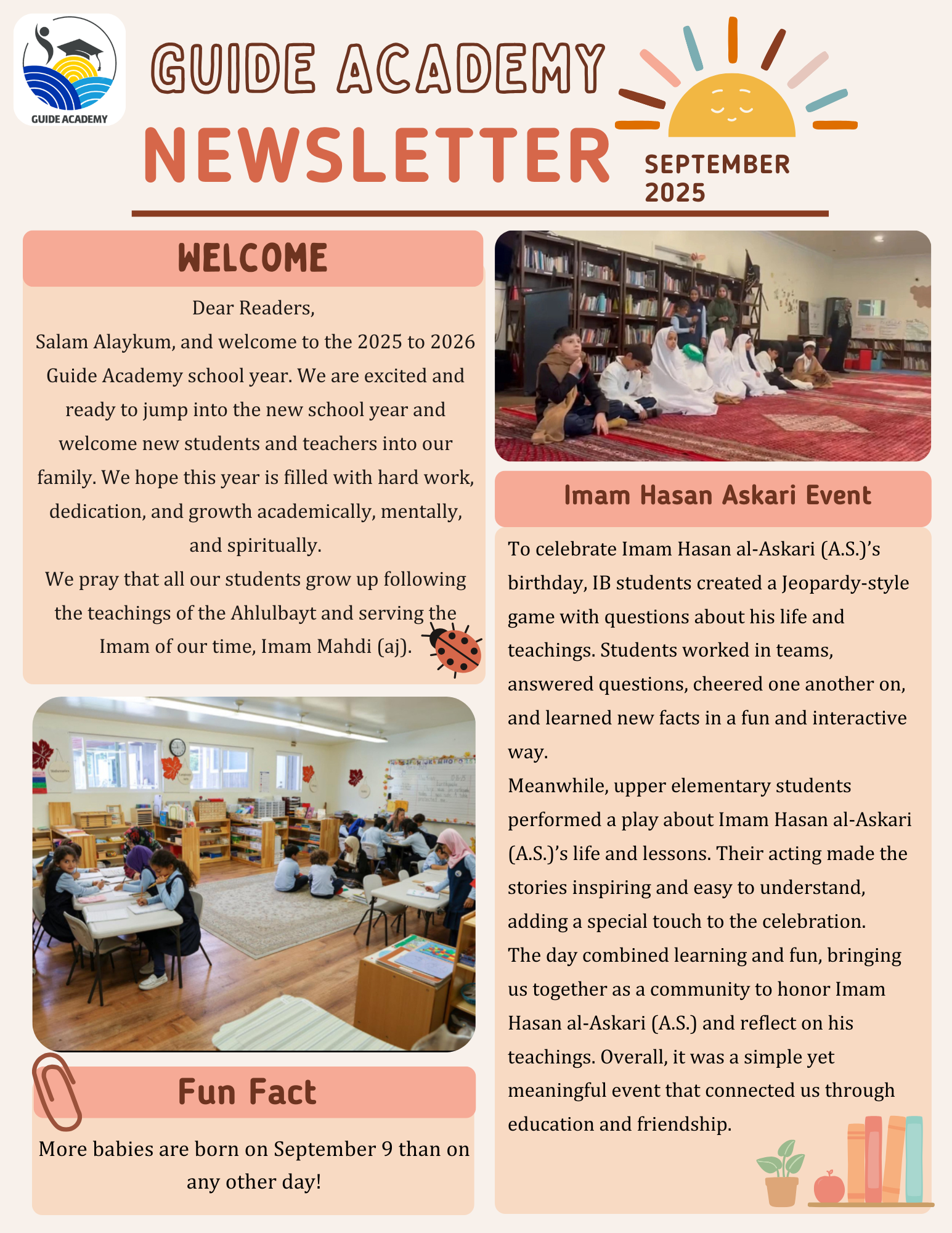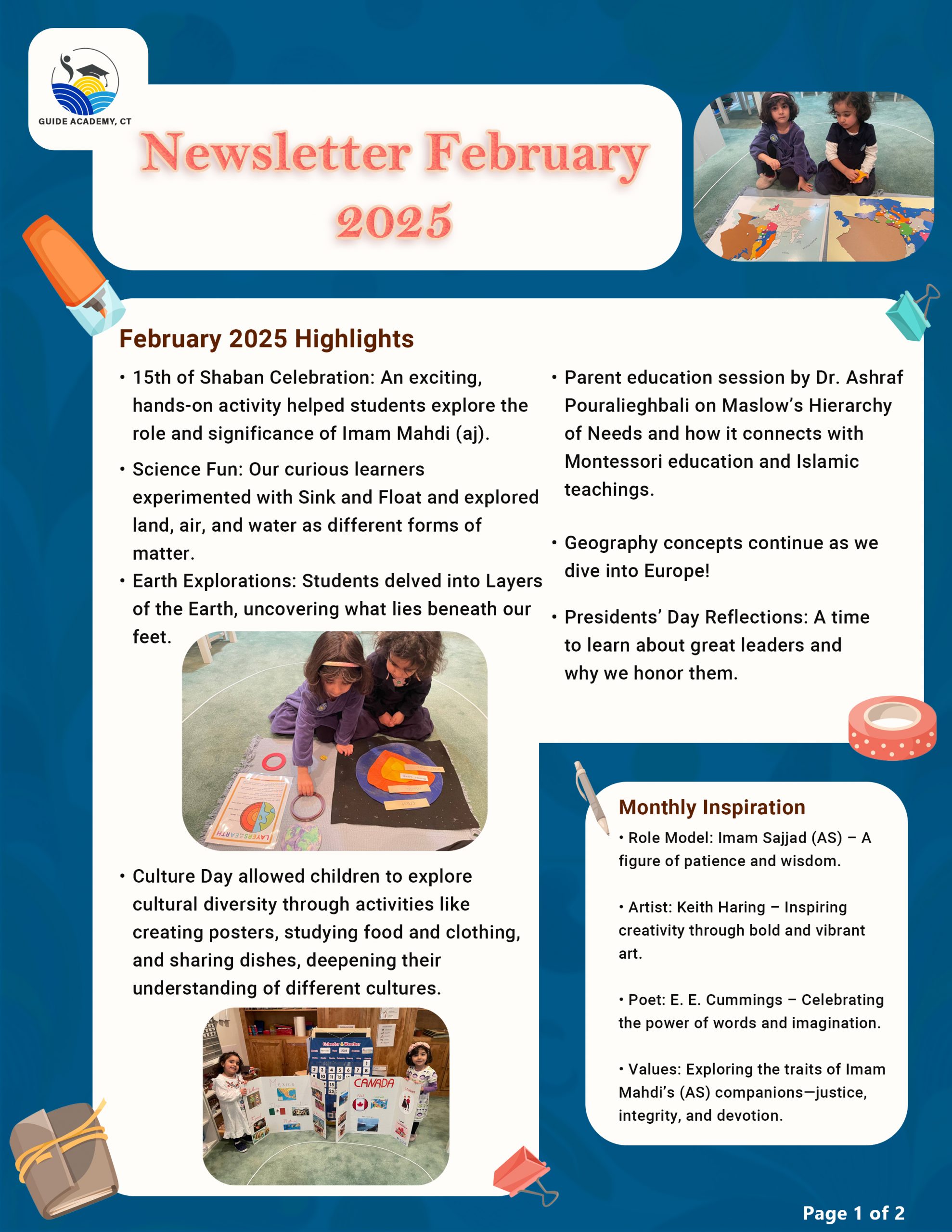Learn why
The Power of Hands-on Learning in Montessori Education
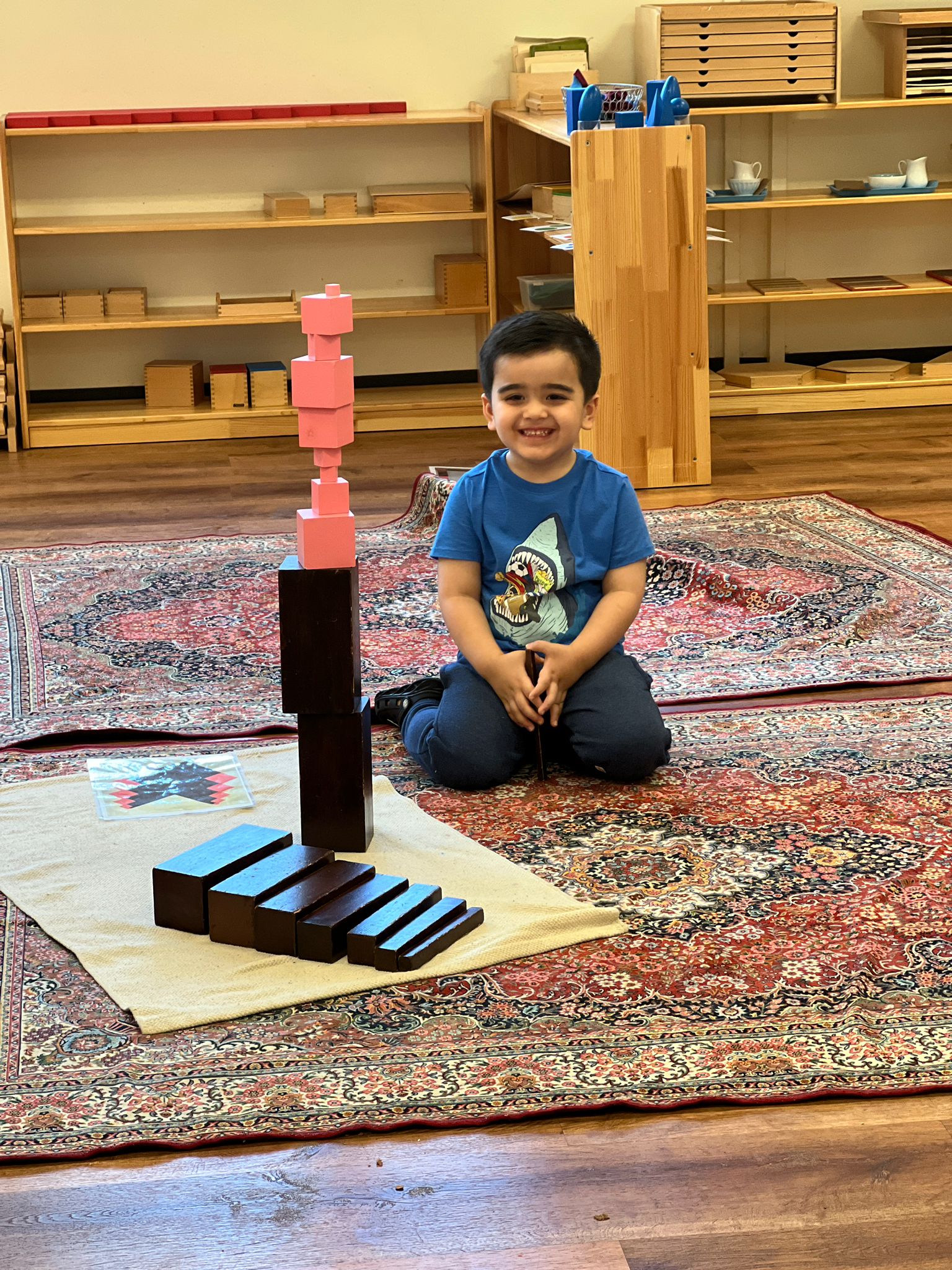
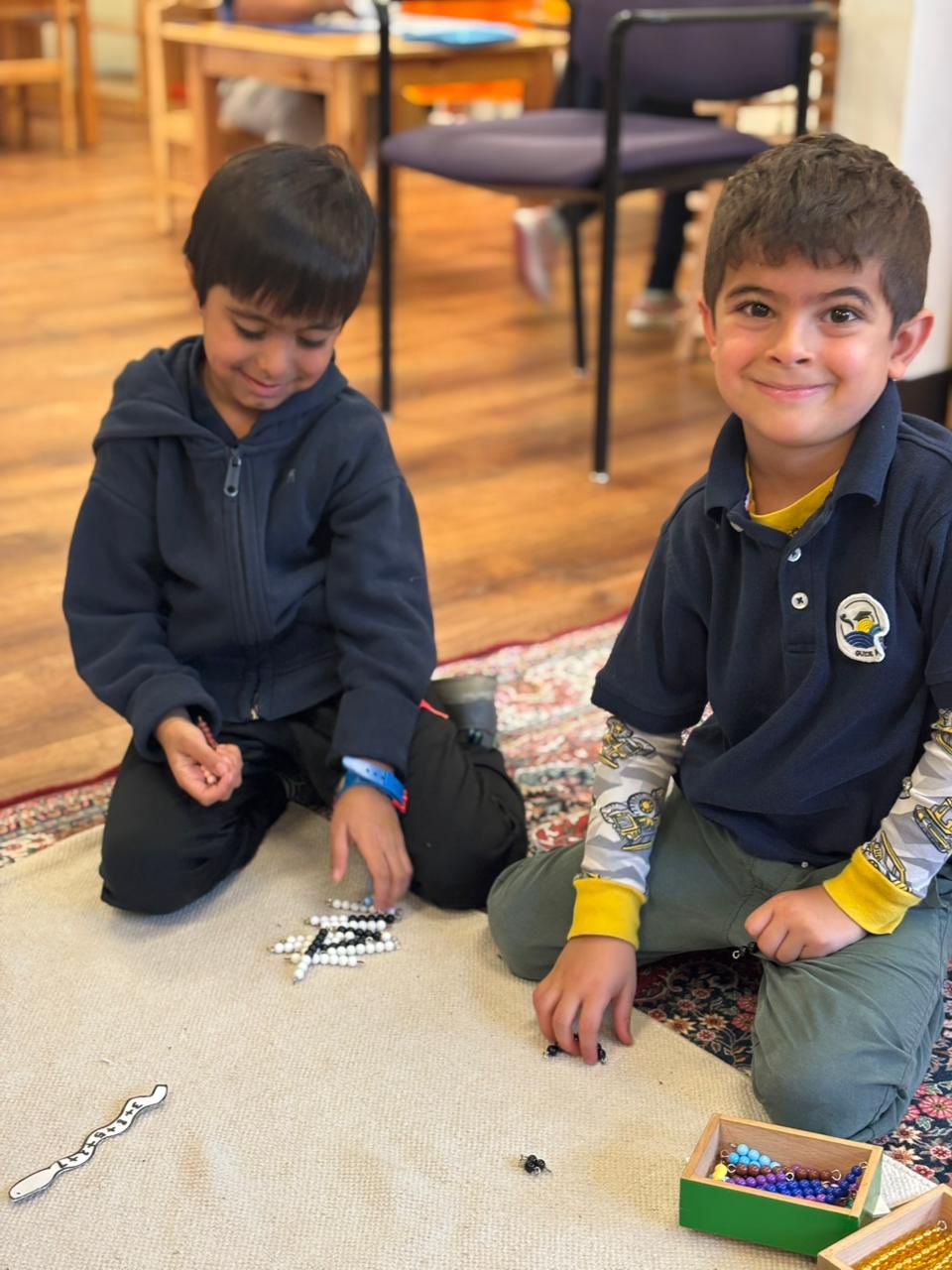
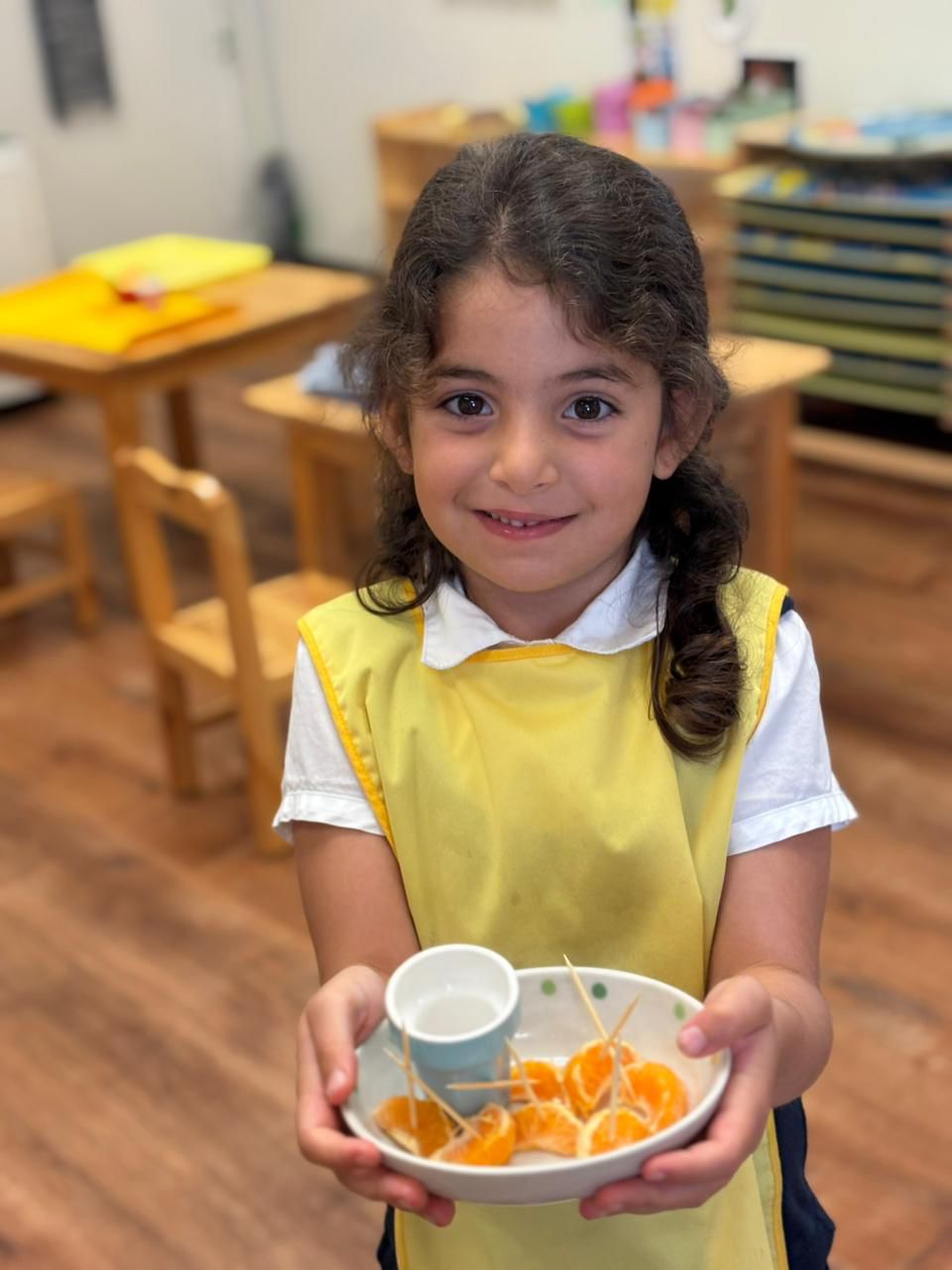
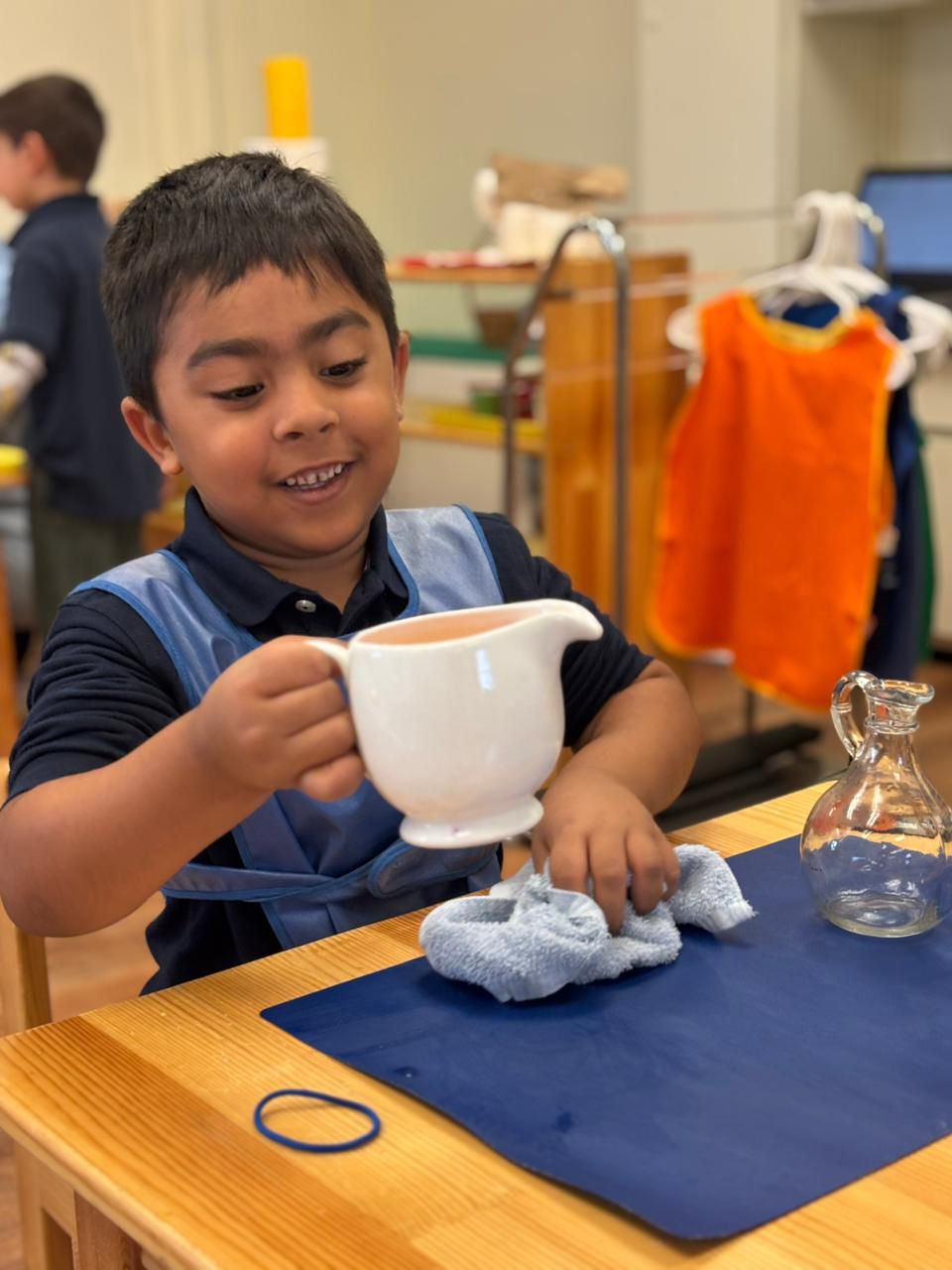
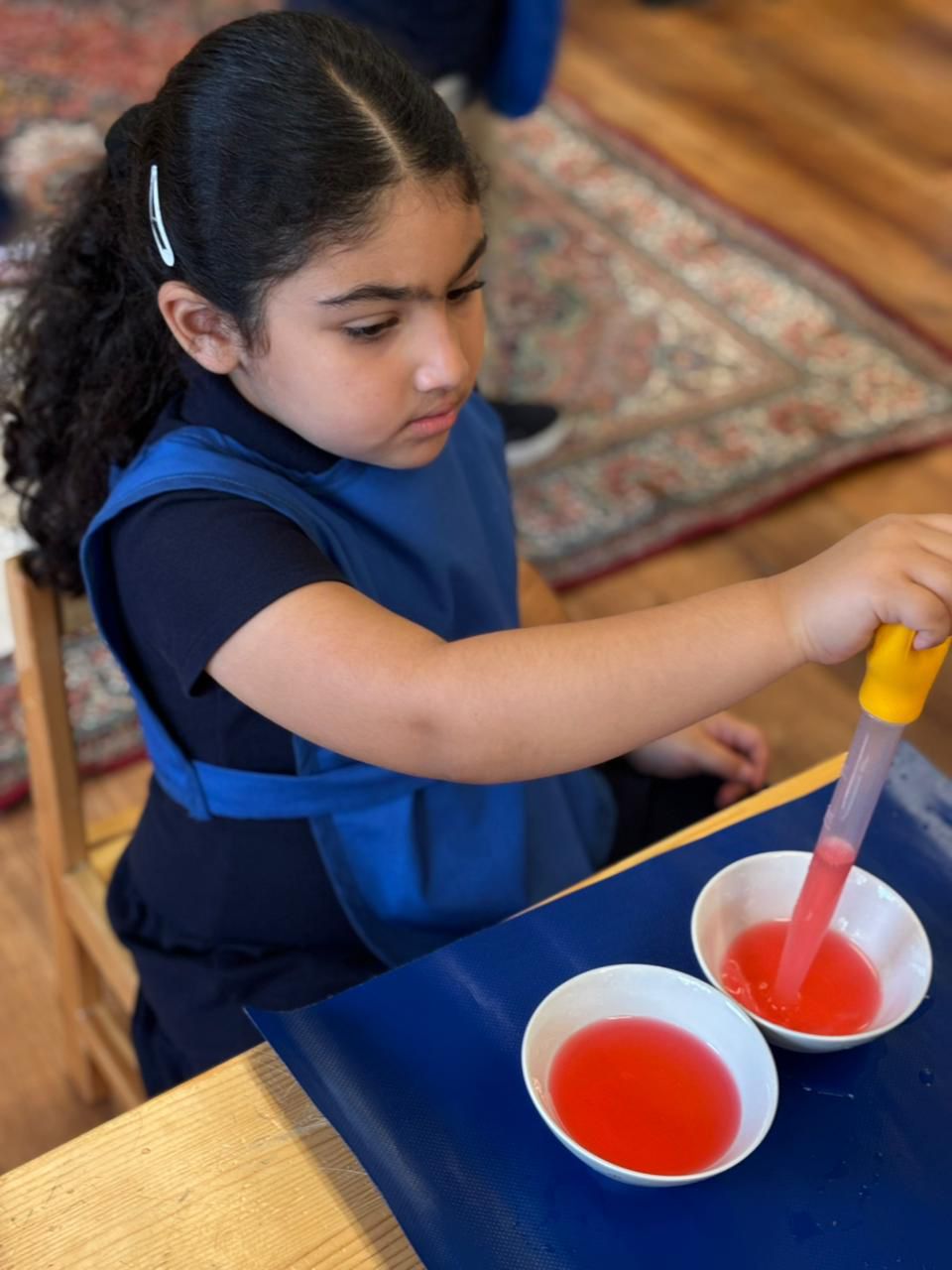
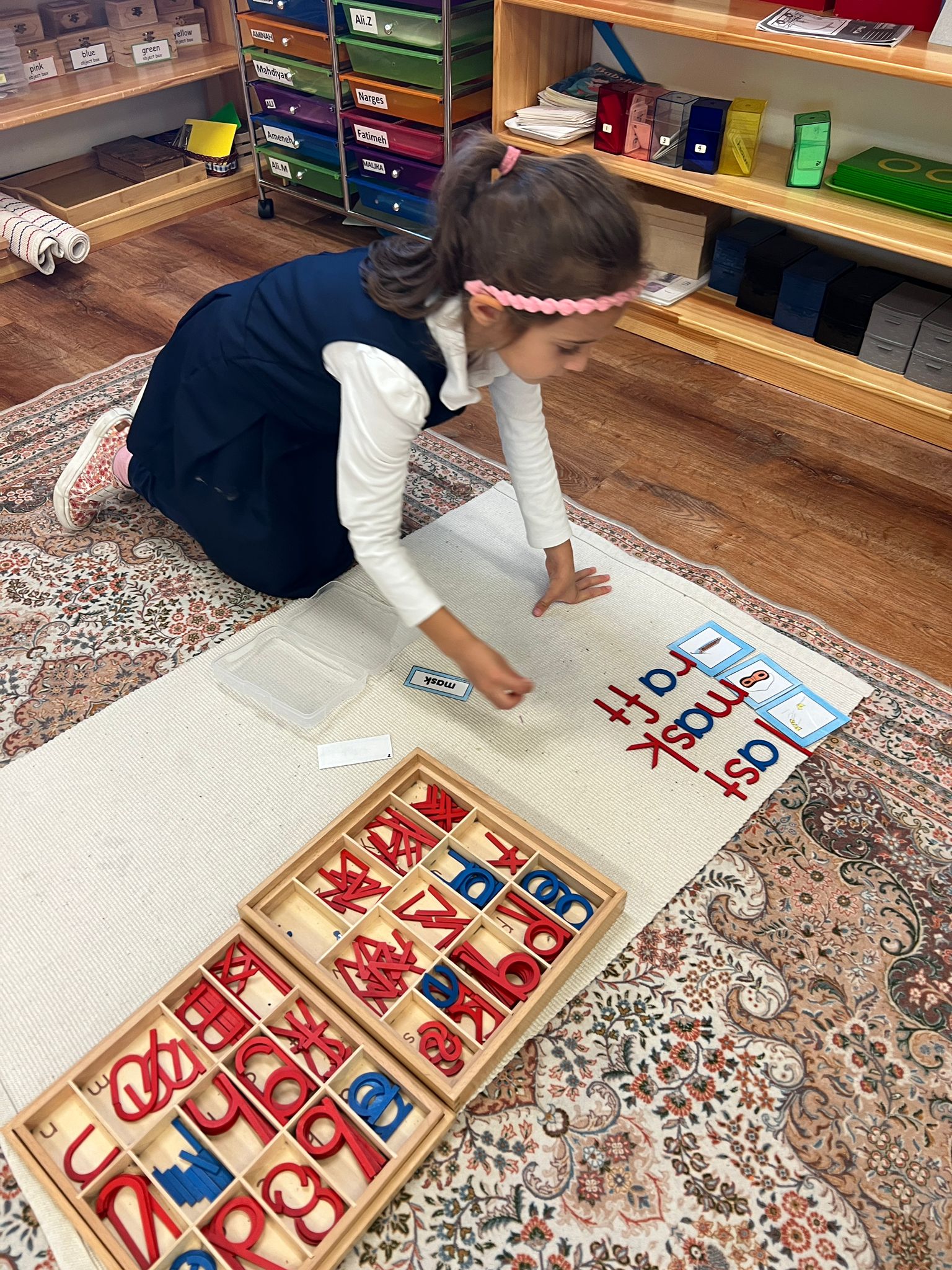
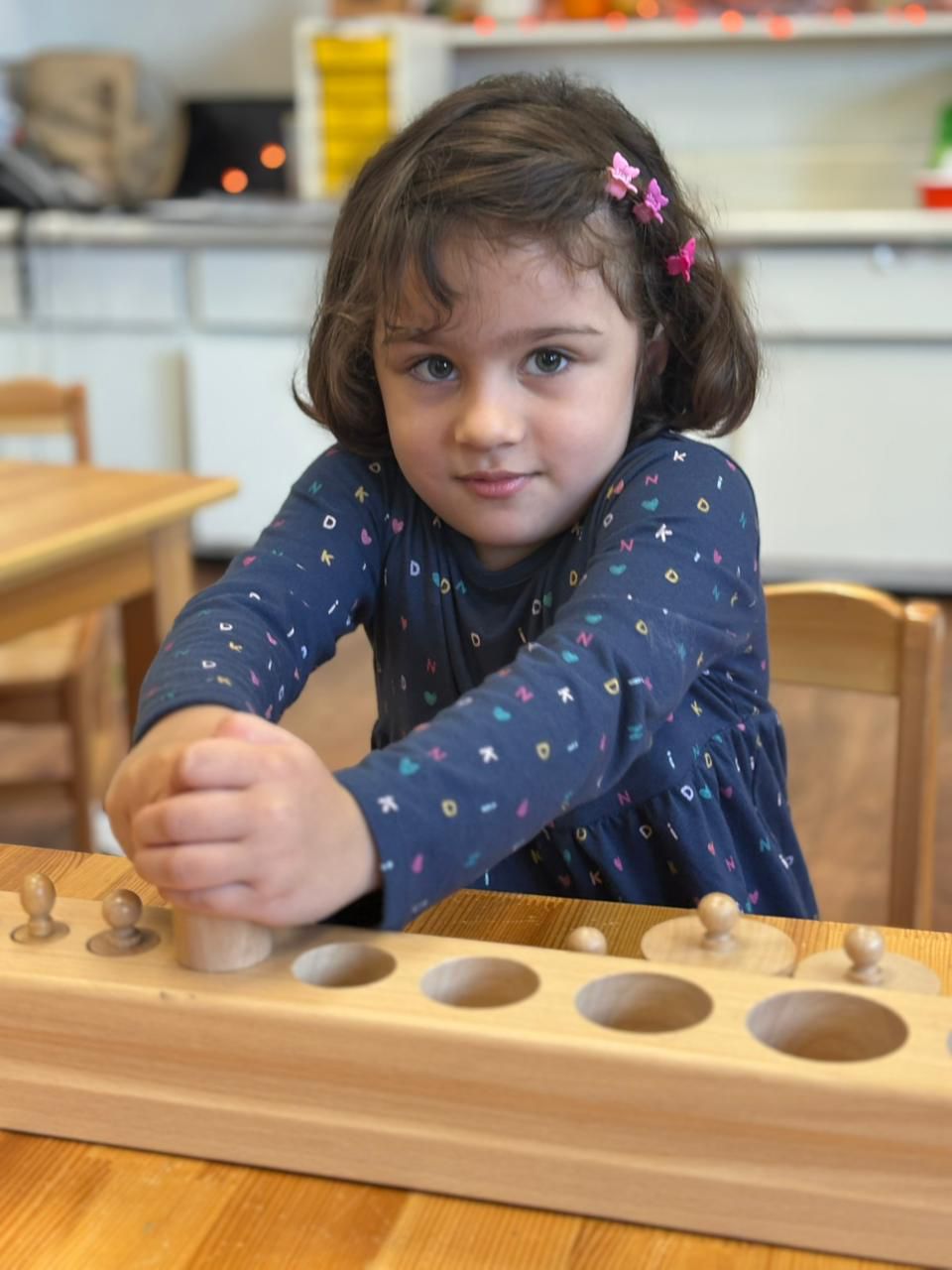
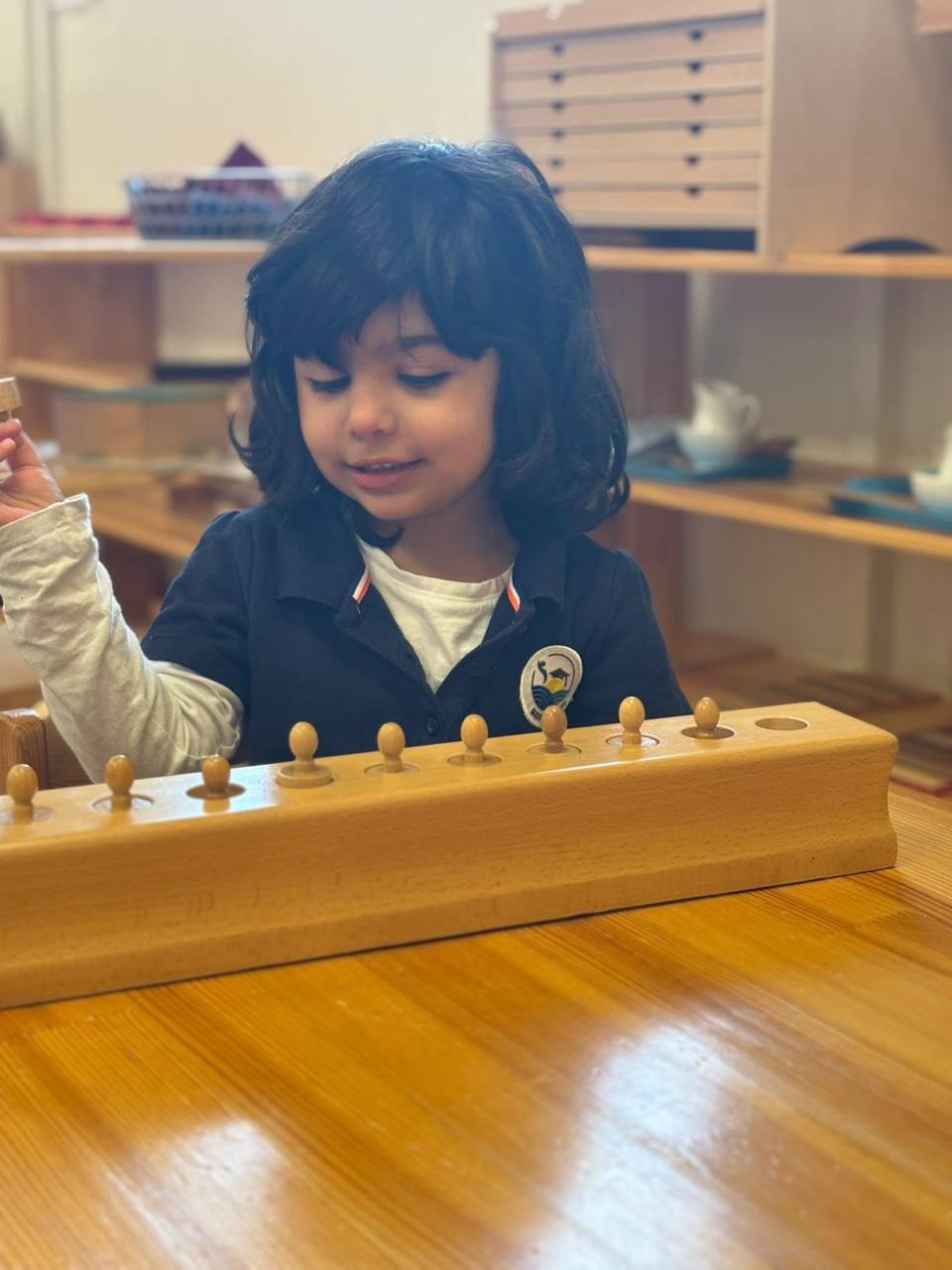
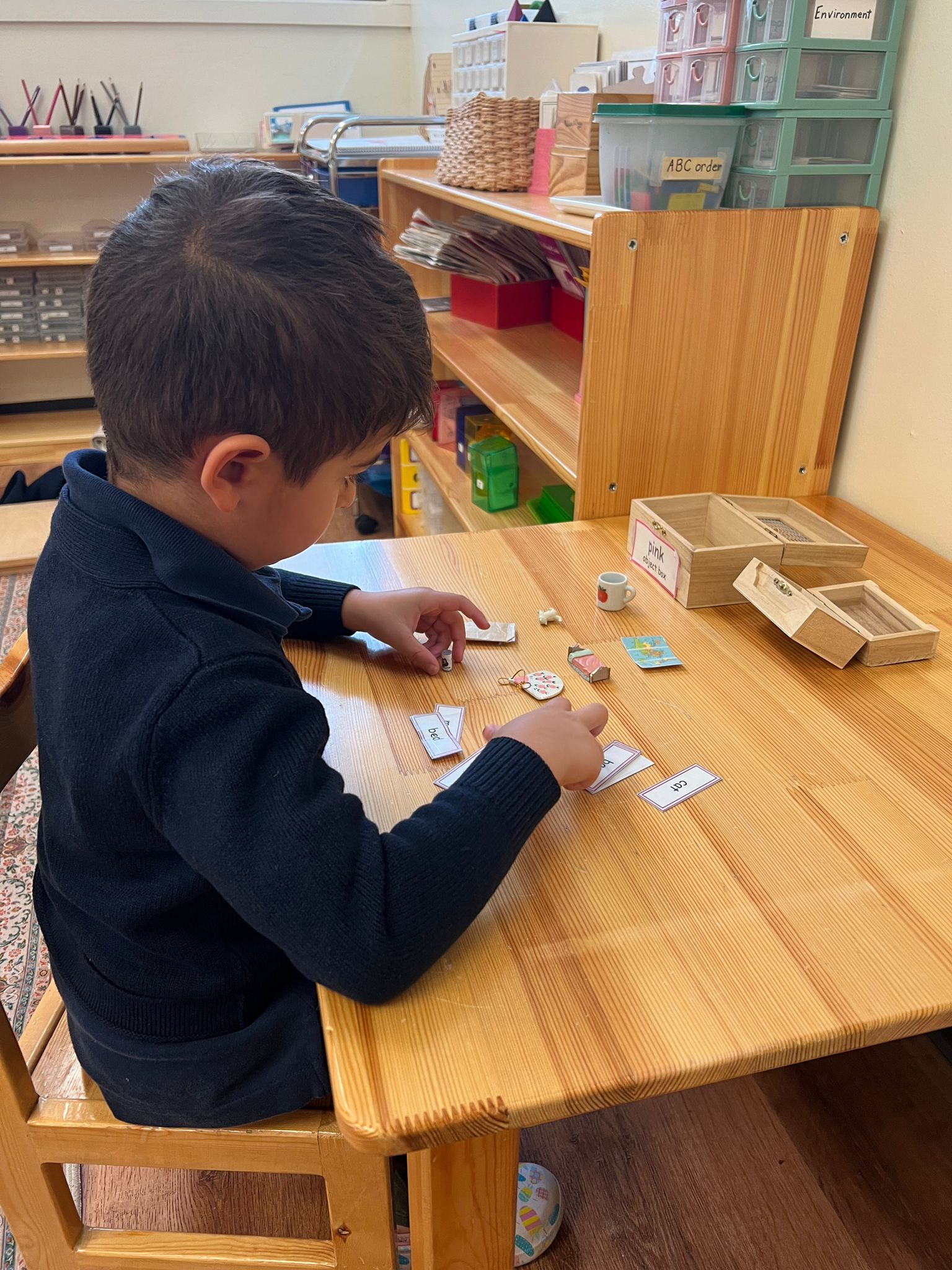
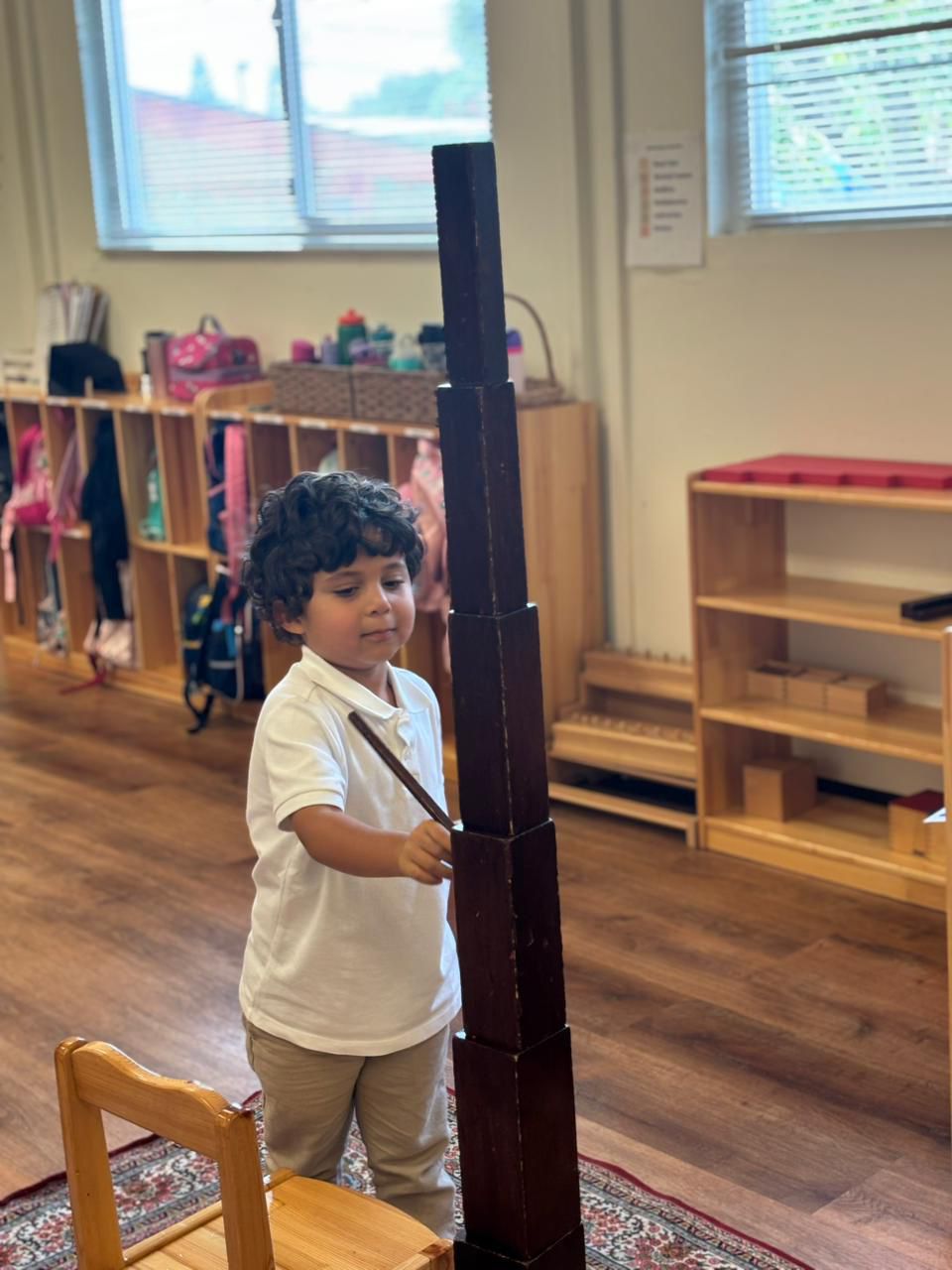
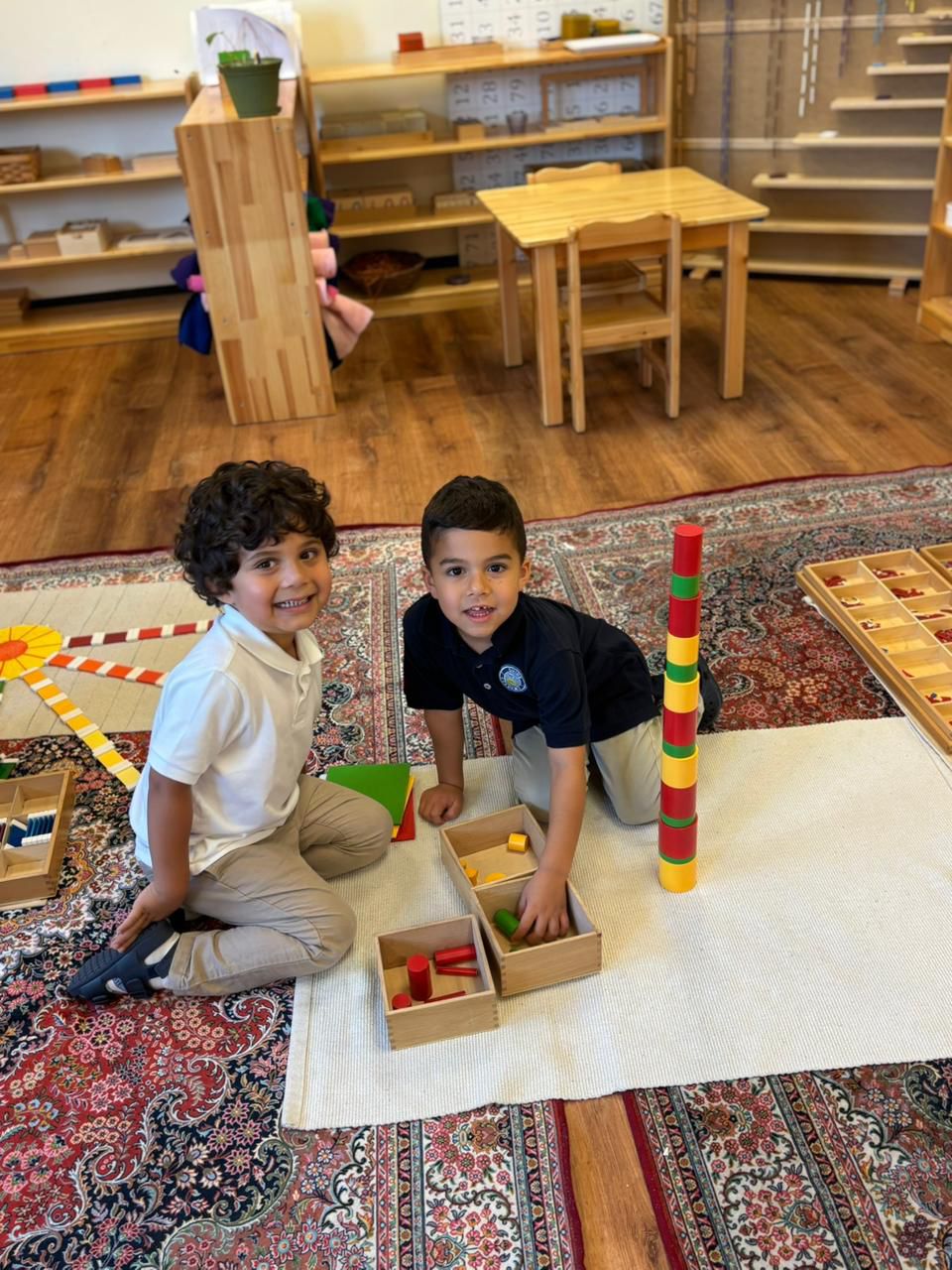
This article answers common questions about hands-on learning in Montessori education: What is it?, Does it work for everyone?, and Why is it important?
Introduction
When you were a child, your teacher likely stood near a blackboard or whiteboard and spoke while you memorized facts or listened attentively. This traditional educational approach follows a “one-size-fits-all” model, where teachers present lessons in the same way to all students, even though every child learns differently.
We now know that all students are not the same, which is why they should be given the responsibility and freedom to learn through real experience, rather than simply listening to someone else. Hands-on learning is a form of experiential learning, where children actively participate in their own education. Read on to explore more about the value of hands-on learning in Montessori education.
1. What is Hands-On Learning?
If you walk into a Montessori classroom, you will immediately notice children engaged in a wide variety of activities while the teacher observes and guides them individually. Instead of relying heavily on paper and pencils, children learn by touching, feeling, and doing. They select an activity, bring it to a table or mat, explore the materials, and make discoveries for themselves.
This educational method, known as hands-on learning, directly involves the learner by encouraging them to “do something” in order to understand it. In short, it is learning by doing.
2. Does Hands-On Learning Work for Everyone?
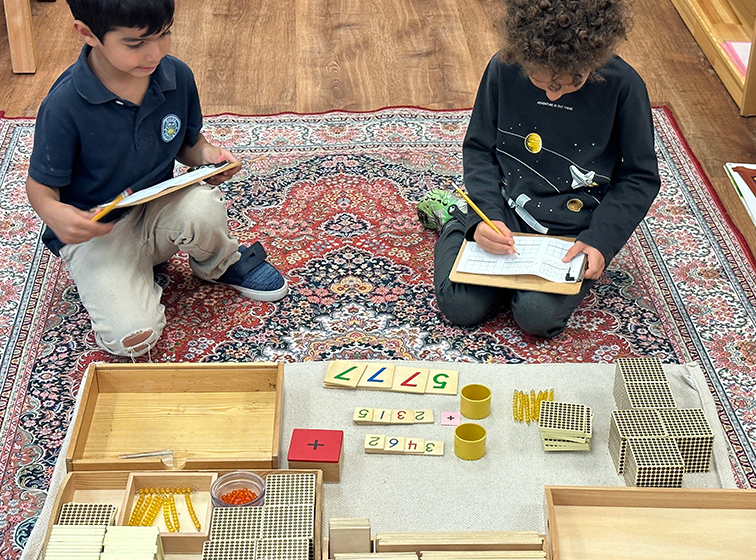
Hands-on learning is uniquely positioned to support all types of learners. Every child has their own preferred learning style. For example, auditory learners can listen to the teacher’s explanations, while visual learners can watch demonstrations before trying them out. Kinesthetic learners thrive when they can physically interact with materials.
The more students immerse themselves in their education, engaging both their hands and minds, the more motivated and focused they become. This is where hands-on learning truly shines — it allows every child to learn in a way that works best for them.
3. Why is Hands-On Learning Important?
Many people agree that doing something is the best way to learn it, rather than only reading about it. For instance, no matter how many books you read on cycling, you still need to get on a bike to truly learn how to ride it — otherwise, you’ll fall the first time you try!
Hands-on learning is powerful because children use multiple senses — touch, texture, sound, and even scent — to learn. These rich sensory experiences stimulate more areas of the brain and act as “anchors,” making it easier for students to recall what they have learned later. While lecture notes can be copied incorrectly and textbooks may fail to engage, hands-on learning creates memorable and lasting experiences.
Discover what makes Guide Academy unique
Schedule a Tour
Our Montessori and IB programs are rooted in academic excellence and spiritual development, creating a learning environment where students thrive. Come tour our campus, meet our passionate educators, and experience a school community dedicated to nurturing future leaders.


